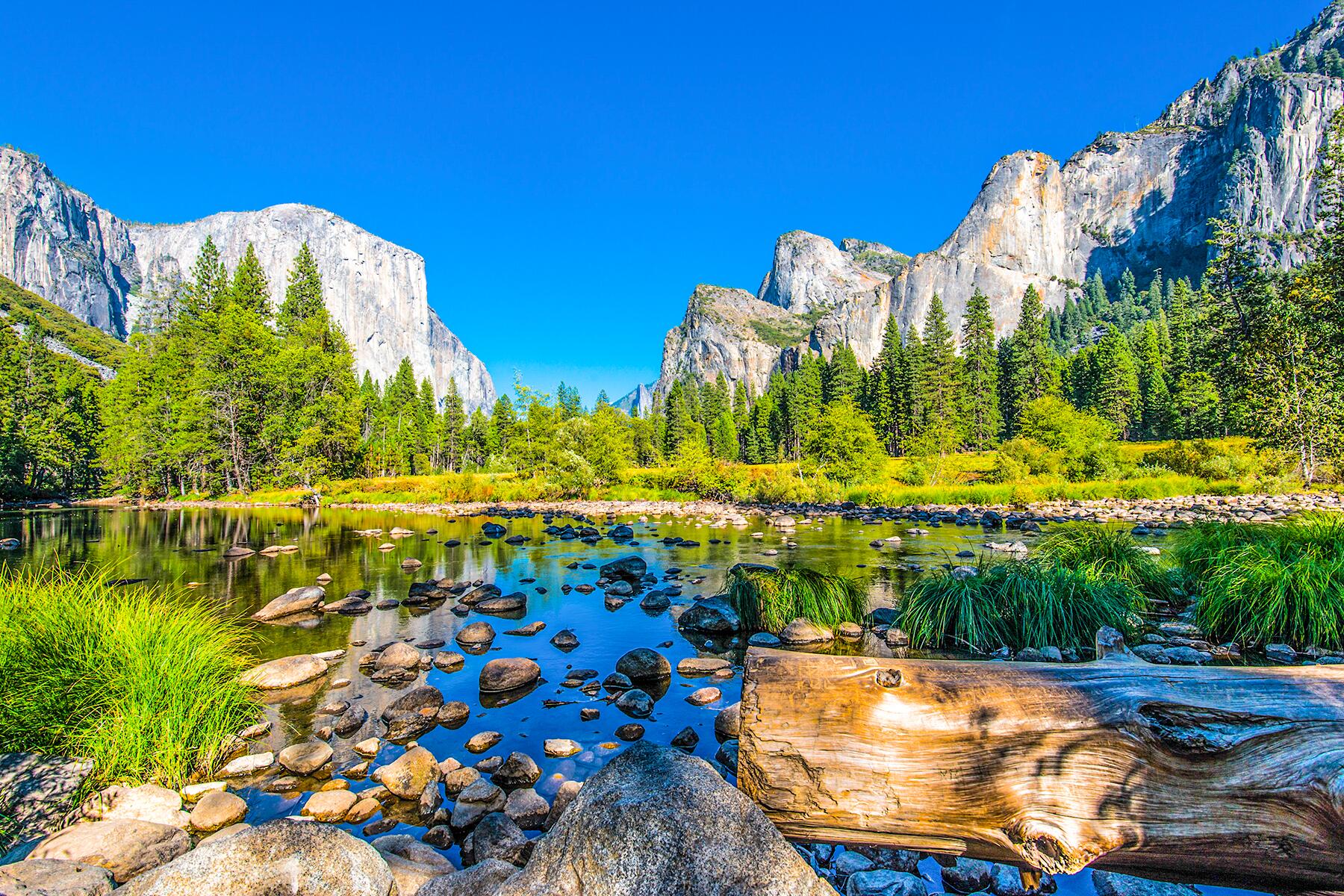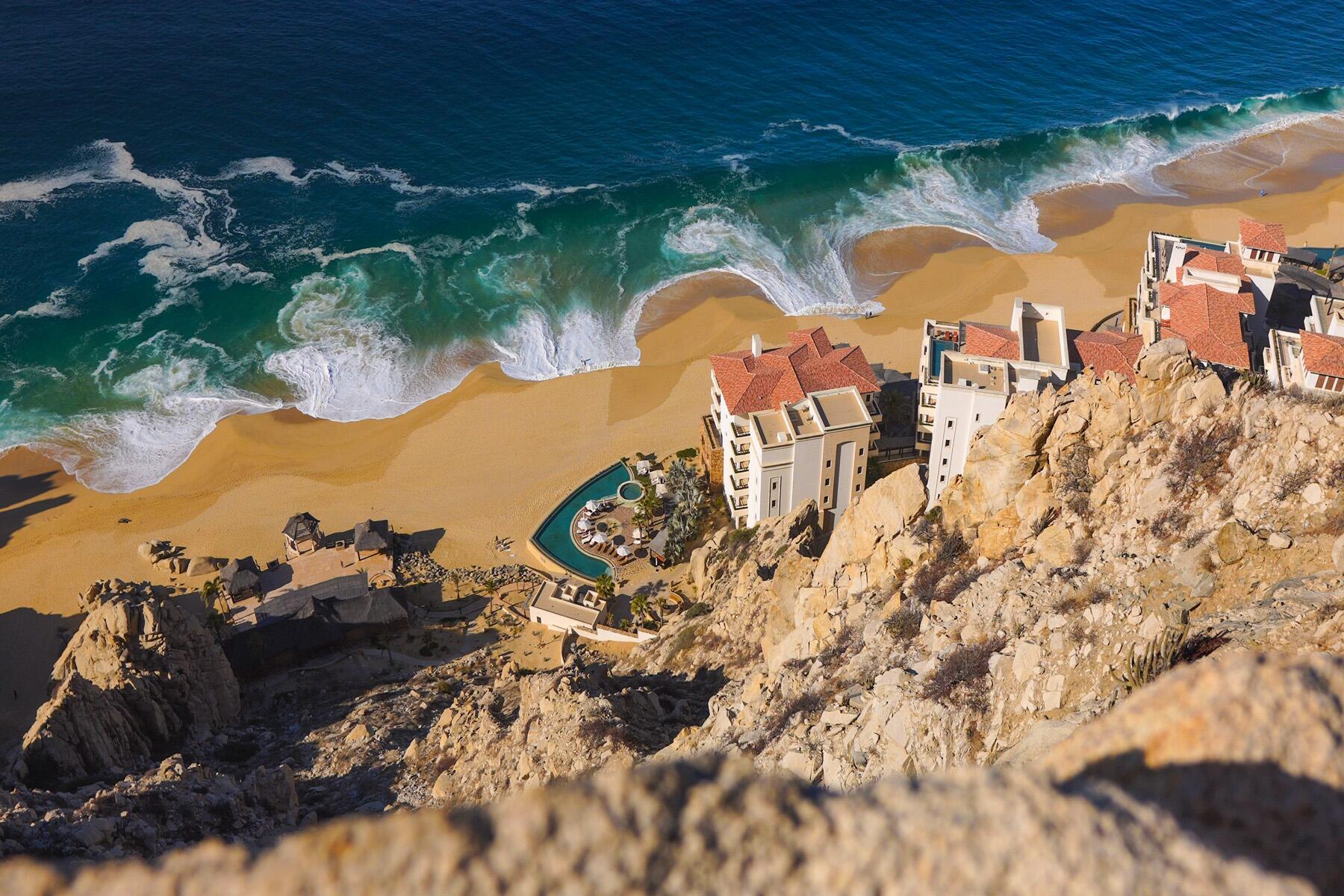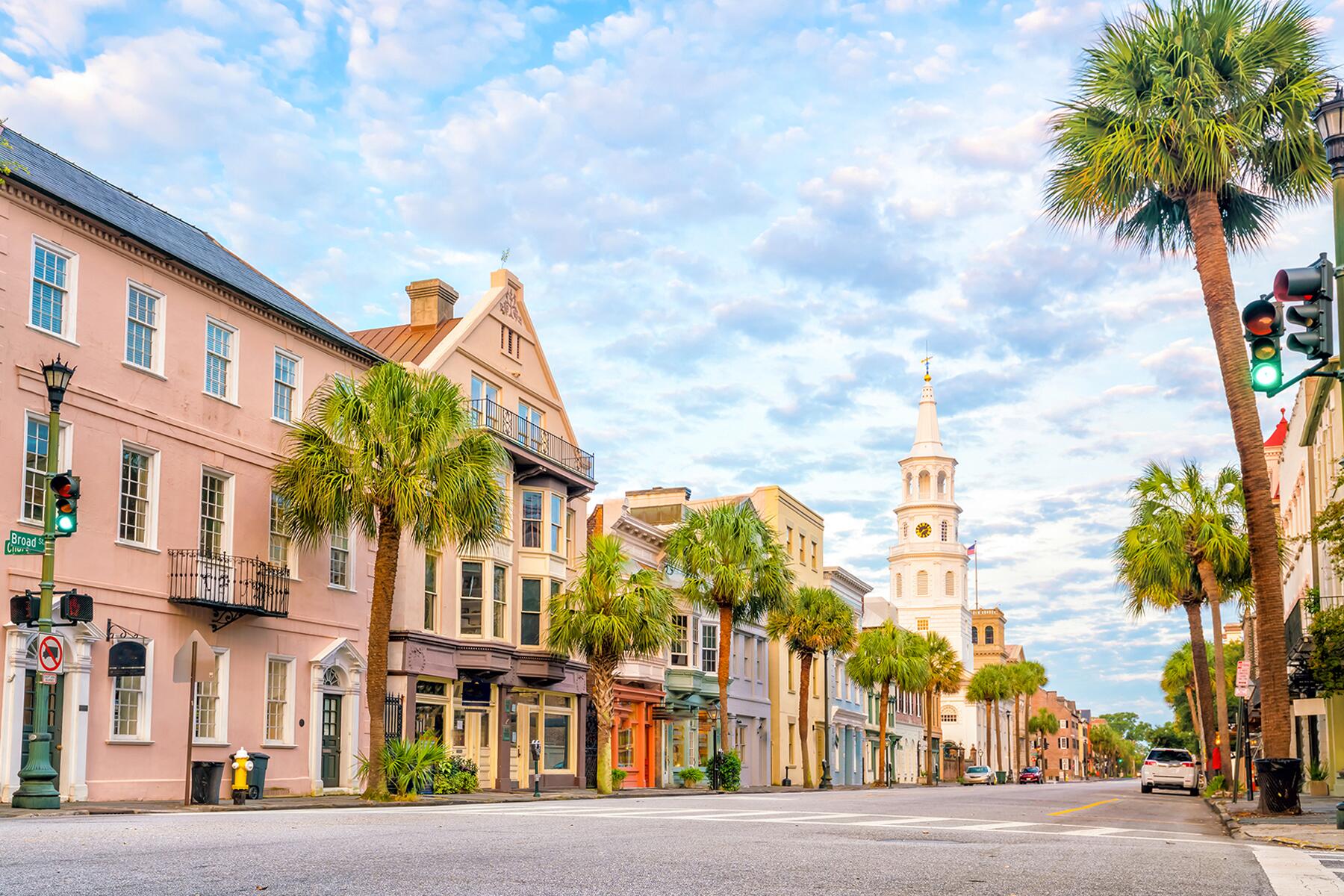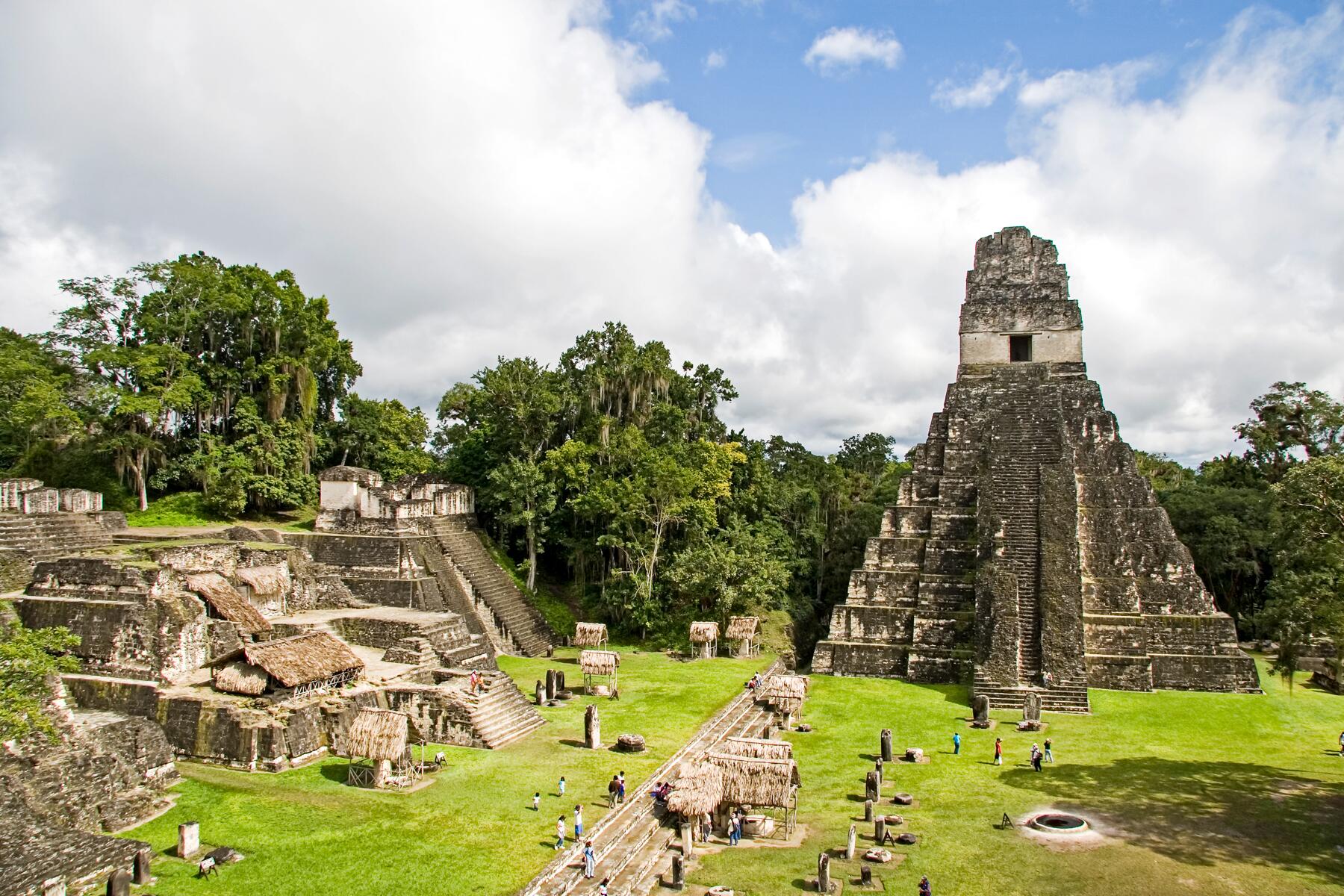The centuries-old spiritual traditions of the Maya world are hiding in plain sight.
From the volcanic highlands of Lake Atitlán to the vast jungles of El Petén, Maya spirituality is sewn into Guatemala’s ancient Earth. Although each of the country’s almost two dozen Indigenous ethnic groups are unique, they share similar characteristics including the importance of ancestral sites and natural places like caves and lakes, as well as syncretic traditions that blend Indigenous worldviews with the Catholicism brought to Guatemala in the early 16th century. While some ceremonies and sites are kept strictly within their communities, others, like the Candelaria Caves in the Alta Verapaz and the Chapel of El Rey San Pascual, welcome visitors. Immerse yourself in the spiritual Maya world at these 12 beautiful, mysterious, and fascinating sacred places in Guatemala.
Top Picks for You
Candelaria Caves
WHERE: Chisec, Alta Verapaz
Deep and dark, hung with dagger-like teeth of stalactites and stalagmites, caves play a sacred role in Maya spirituality as gaping maws to Xibalba, the underworld. Ceremonies and rituals conducted in their black depths have left Guatemala’s caves riddled with artifacts and human remains that date back thousands of years. Most ritual caves are off-limits to tourists, but in the Alta Verapaz, local Q’eqchi’ Maya people have opted to open one of Central America’s largest cave systems to the public. Though still used by spiritual leaders, Q’eqchi’ guides are permitted to lead visitors through portions of the 14-mile long Candelaria Caves where underground chambers can stretch as much as 200 feet from floor to ceiling.
INSIDER TIPThere are two options for visiting the caves, the easy way and the exciting way, the latter of which involves a heart-pounding innertube float in-and-out of total darkness along the underground Candelaria River.
Maximón
WHERE: Santiago Atitlán, Sololá
Since the conquistadors first arrived in Guatemala armed with Catholic traditions from the Old World, Maya people have woven them into unique forms of ceremony and spirituality. One of the most intriguing of the bunch, Maximón, is alive and well in the lakeside town of Santiago Atitlán. The folk saint, embodied in a carved wooden effigy dressed in typical Tz’utujil Maya clothing, is a trickster with a taste for liquor and cigarettes. He’s known to perform miracles, especially those in the love and health department…for a price. Believers keep Maximón’s daily vices flowing, delivering his favorite hand-rolled cigarettes and homespun liquor, while attendants hold a daily vigil, keeping the saint’s cigarettes lit and drinking by his side.
INSIDER TIPMaximón’s home changes each year as part of the cofradia system, a Catholic-Maya tradition in which the responsibility for caring for saints and conducting the ceremonies rotates among religious families. Everyone in town knows where he resides at any given time, just ask someone to point the way.
Recommended Fodor’s Video
Chicabal
WHERE: San Martin Sacatépequez, Quetzaltenango
For the Mam Maya, Chicabal is the center of the universe. A lake formed inside the crater of a volcano almost 9,000 feet above sea level, Chicabal is a place of pristine blue-green waters surrounded by a fog-drenched cloud forest. Believed to be a route from the human world to the underworld, Mam spiritual leaders have conducted ceremonies here for thousands of years. Today, while visitors are permitted to hike to the lake, only the Mam may visit Chicabal in early May, a season when religious ceremonies are frequent. However, remnants of those rituals and the altars on which they are placed are visible all year long in this magical, hidden world in the clouds.
Tikal
WHERE: Flores, El Petén
One of the most important cities of the ancient Maya civilization, the ruins of Tikal, still dominates the jungle lowlands of Guatemala’s El Petén. The city was a place of great political and spiritual power with towering stone pyramid-temples connected by raised ceremonial roads at its heart. Once the center of the Classic Maya world, El Petén today is drastically different from the colorful highlands where Maya culture and customs are highly visible, but Indigenous people have not forgotten Tikal. Maya from all over the country still visit this ancestral place to conduct spiritual ceremonies at an altar in front of Temple II.
INSIDER TIPOnly two Maya groups were living in El Petén by the time the Spanish arrived in the 16th century, the Itzá and the Mopan. More recently, Q’eqchi’ Maya have expanded into the region from their traditional homeland in the Alta Verapaz.
La Iglesia de San Andrés de Xecul and El Calvario
WHERE: San Andrés Xecul, Totonicapán
By any standards, La Iglesia de San Andrés de Xecul isn’t your average church. Painted in bright yellow, every square inch of the cathedral’s facade is covered in bright-hued sculptures and paintings that evoke everything from Christian crosses to the jaguar twins of the sacred Maya scripture, the Popol Vuh. Though the inside of La Iglesia de San Andrés de Xecul is decidedly Catholic, a dark, baroque space dominated by blood-soaked images of Christ illuminated by scores of candles, Indigenous ceremonies are still a regular part of life in this Mam Maya community. Just up the hill, outside El Calvario, a second, less elaborate yellow church built on the site of an ancient Maya temple, a triple-cross altar with panoramic views of the town serves as a locus for religious rituals of a precolonial variety.
INSIDER TIPTaking photos of Maya ceremonies is typically prohibited. Respect local customs and keep your camera out of sight (yes, and your phone, too).
Iximche
WHERE: Tecpán, Chimaltenango
Unlike the famous ancient cities of Tikal and El Mirador in the northeast, this capital of the Kaqchikel Maya was brought down not by the ravages of deforestation and drought but by the consequences of the Spanish conquest in the early 16th century. Fifty years after Iximche’s founding, despite an early alliance with the conquistadors, the city was burned to the ground. Standing in ruins for four hundred years, Iximche once again became a center of Maya activity in the 1980s, first as a meeting place for a declaration to defend Indigenous rights during the Guatemalan Civil War, then in a ritual to re-establish the site as a sacred place for Indigenous ceremonies. While the site is open to visitors, many of those who come to Iximche are Indigenous people, including Maya priests (or “daykeepers”), on religious pilgrimages to this ancestral place.
INSIDER TIPTo Maya people, Iximche is a sacred site, not a tourist attraction, even when the tourist is a major world leader. After President George W. Bush visited in 2007, spiritual leaders purified the site of the “bad spirits” he had attracted through his administration’s persecution of undocumented Guatemalan migrants in the U.S.
Lake Atitlán
WHERE: Sololá
One of Guatemala’s most stunning natural features, Lake Atitlán is all that remains of a former volcano that erupted around 84,000 years ago. The lake’s blue-blue waters lap the shores of the volcanic brethren it left behind, including the still-active Volcán Atitlán and Volcán Toliman, which ring the lake’s southern side. Tz’utujil and Kaqchikel Maya villages and agricultural lands have existed here since at least 300 B.C., nestled in the steep foothills along Atitlán’s shore, the lake and its volcanoes have likely been considered sacred ever since. Ceremonial altars are present in many lakeside communities but it is in four caves near the town of Panajachel that spiritual power is heavily concentrated and where spiritual leaders regularly conduct fire cleansing and protection ceremonies that are open to the public.
INSIDER TIPHiking trails shimmy up all three of Lake Atitlan’s volcanoes and, while it is possible to traverse them without a guide, the trails are strenuous and may be tricky to locate.
Quirigua
WHERE: Izabal
Compared to other Classic Maya cities, Quirigua is on the modest side. Probably no more than around 1,500 people ever lived here at one time, but the royalty of Quirigua left behind a ceremonial legacy of outsized proportions carved into sandstone stone monuments hauled from nearby quarries. Quirigua’s stelae, including the tallest stone monument in the Americas, are covered in elaborate hieroglyphic texts, portraits of mythical rulers, and depictions of gods, ceremonies and mythical creatures. Likely painted red when they were first erected in the 8th century, the color for sacrifice and renewal, the now colorless stelae stand today as a monument to the ancestral heritage of Guatemala’s Maya people.
Chapel of El Rey San Pascual
WHERE: Olintepeque, Quetzaltenango
El Rey San Pascual, the “King of the Graveyard,” first appeared in a K’iche’ Maya vision in 1650 A.D. as a tall skeleton in glowing robes. The King would end the epidemic of deadly fever sweeping the region, he said, if the community would worship him as a patron saint. When the disease soon disappeared, El Rey San Pascual was attributed with the miracle. Although Pascualito was associated with the Catholic Saint Paschal Baylon, the Spanish tried to prohibit his image and veneration from spreading (he is still not approved by the Roman Catholic Church) to no avail. His worshipers in Olintepeque dedicated a chapel to the bony folk hero and four hundred years later, devotees continue to honor and make requests of the saintly patron, leaving thank you notes and capes and burning candles.
INSIDER TIPThe town of Olintepeque hosts an annual festival dedicated to El Rey on May 17, the feast day of his “legitimate” Catholic counterpart, Saint Paschal Baylon.
Mirador Rey Tepepul
WHERE: Sololá
The municipal parklands of El Mirador del Rey Tepepul are one of the last remaining territories of the quetzal, the jewel-toned bird with a resplendent tail perched at the center of the Guatemalan flag. There is more to this cloud forest a few miles outside of Santiago Atitlán than just its spectacular residents though. In 2012, an ancient altar in El Mirador Rey Tepepul was officially declared one of the country’s most sacred sites. Altogether, there are half-a-dozen ceremonial spaces within the park and, while outsiders aren’t likely to witness the rituals themselves, El Mirador Rey Tepepul is open to hikers and bird watchers daily.
El Mirador
WHERE: El Petén
One of the most massive ancient Maya sites to ever exist, archaeologists have barely begun to scratch the surface of El Mirador. Choked by steaming jungle, accessible only by foot, mountain bike, or helicopter, El Mirador is nevertheless one of the most endangered heritage sites in the world. But what seems accessible only to the most adventurous (or wealthy) explorers, is also a site of ceremonial importance to the Maya. Spiritual leaders are known to make the multi-day pilgrimage through the forest to conduct rituals among the ruins and monuments of El Mirador, away from the prying eyes of outsiders found at developed sites like Tikal. For the rest of us, days of trekking through the unrelenting heat to El Mirador, a site still encased in centuries upon centuries of jungle growth just as it was when archaeologists first located it in 1926, is its own kind of spiritual experience.
INSIDER TIPThe five- to seven-day trip to El Mirador begins in the village of Carmelita. Guides can be hired there or ahead of time in the island town of Flores, but beware of making the trip during the rainy season (July-November) when the mud can be shoulder-deep.
Semana Santa
WHERE: Antigua, Sacatepéquez
Semana Santa isn’t unique to Antigua—people all over the Latin world celebrate the holy week of Easter in honor of the death and resurrection of Christ, but thanks to the influence of Indigenous traditions, Antigua’s Semana Santa celebration is arguably the world’s most spectacular. The day before the Good Friday procession, the cobblestone streets of Guatemala’s colonial capital are transformed into brilliant carpets made of colorful sawdust and sand. Each is woven with intricate imagery that spans both Catholic and Maya religious traditions. Less than 24 hours after they’ve been completed, the carpets, which can take months to design and can be up to half a mile long, are sacrificed beneath the marching feet of thousands of parishioners dressed in purple robes.
INSIDER TIPSawdust carpets are also woven for holy days (including the feasts of patron saints and the Day of the Dead) in Humantla, Mexico, León, Nicaragua, and a handful of other Central American towns.




